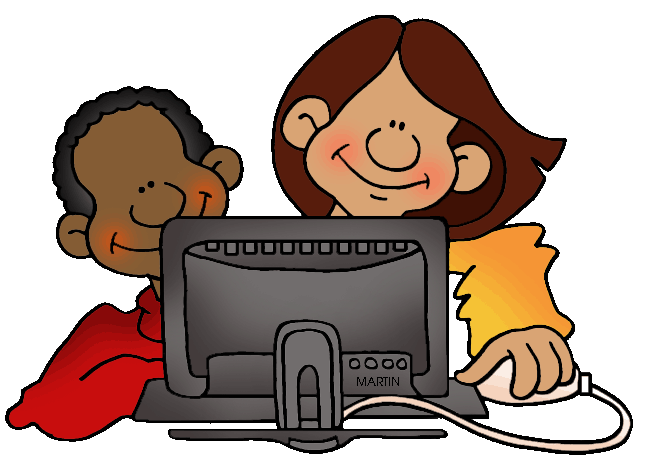
Storytelling is a sensory experience. This could mean an endless amount of things: the speaking and listening of a story being told aloud, the volume, cadence and expressions used by the storyteller, the clicking of the keyboard and/or mouse while typing using a computer or typewriter, the feel of the pen or pencil in one’s hand as the words transfer to paper, the visual response from seeing one’s penmanship or font chosen for printing, or the sensation of typing away furiously to get the words out before they are forgotten from one’s mind. Whatever the case, it is clear that all forms of writing and creating a story to share involve many senses. As Ong (2012) stated, “All text involved sight and sound. But whereas we feel reading as visual activity cueing in sounds for us, the early age of print still felt as primarily a listening process, simply set in motion by sight” (Ong 2012). It seems that there was confusion about which senses were involved as all the creation of print was evolving. He went on to say, “Writing moves words from the sound world to a world of visual space, but print locks words into position in this space. Control of position is everything in print” (Ong 2012)
I kept coming up with the same questions from the readings of Module 3 and as I worked on gathering sources for the upcoming video documentary project. What is “good” writing? Can printed writing be “good” or is it simply too unnatural and mechanical compared to the spoken word? Which is better? Did the invention of type and print take away something so extraordinary from history? Without type and print and literacy, would be forget or misremember things of the past? Would it be so terrible to have the chance to forget some of the deplorable events that have occurred in history? How has ownership of storytelling and writing changed as technological advancements of print are made?

“Print created a new sense of the private ownership of words” (Ong 2012). This idea of ownership and writing was very interesting for me. Having worked many years with preschool and Kindergarten-aged students, I found myself thinking back to teaching how to print one’s name. In preschool, we set up a sign-in system where students could trace the letters of their names onto paper. The kids felt quite proud and responsible in completing this task each morning. Often, kids this age do not remember or know how to print their names on their work. It can be quite challenging to figure out who created what, since they themselves do not remember or recognize their artwork or printing! Is ownership not as important or is it because they do not have the ability? It made me then think about autographs and signatures. As a young child at Disneyland, I recall having an autograph book used to collect signatures from the various characters: Mickey Mouse, Pluto, Goofy etc. I kept that book for years as a souvenir, remembering how each signed his/her name and how important it was to have these signatures. Nowadays, a valid signature is barely required. I once saw someone draw a happy face onto the pinpad to confirm a credit card transaction and it got accepted as a verified signature. When I get things signed at my daughter’s pediatrician’s office, they use a stamp with the doctor’s signature. Business cheques are often signed by an inked stamp, as well. What does this mean? A signed document doesn’t seem to have the bond and trust that it used to, if the individual who is being represented probably doesn’t even know what is being “signed” day in and out. I thought that this was a problem of today’s “modern” world but then read that, “It was not uncommon for a scribe to sign his name in a fifteenth-century manuscript, but the use of a mark was more particularly suited to the press” Clement 1997). How funny that even back then they were devising accommodating shortcuts to signing one’s name!
Print was a scary thing. You couldn’t take back what you said. In an oral culture, there was a chance that what you said may not get remembered correctly, or remembered at all. Once it was out there, “Print…mechanically as well as psychologically, locked words into space and thereby established a firmer sense of closure than writing could” (Ong 2012). Once you printed something, it was there for the world to see and share and read over and over. (Just as a side note, isn’t that what we are trying to warn the younger generations about what they post online?) Print was seen as being faster, easier and more precise. You could go back and correct and edit before sharing. It wasn’t as natural as the spoken word, but many of us need time to think and develop a story line before we are ready to tell it. Many of us have terrible handwriting that is not legible for most people and print would solve this problem.

Bolter examined the shift that followed, from print to computers. His approach was more evolutionary, supportive that the shift to computers from print was not such a different world. “Electronic writing is mechanical and precise like printing, organic and evolutionary like handwriting, visually eclectic like hieroglyphics and picture writing” (Bolter 2001). Bolter realized that this shift to computers “threaten[ed] the definitions of good writing and careful reading” (Bolter 2001) but he also saw that over time, these aspects would become intertwined and inseparable when discussing reading and writing and print. In my opinion, it is difficult to argue that pros and cons do not exist, because they do with any new technology, but it is refreshing to hear one support that perhaps there cannot be a dichotomy and that we need to view every aspect of it all together, and how it operates as a whole,
The technical and cultural dimensions of writing are so intimately related that it is not useful to try to separate them: together they constitute writing as technology…The technology of modern writing includes not only the techniques of printing but also the practices of modern science and bureaucracy and the economic and social consequences of print literacy. If print computers and palmtops, browsers and word processors, are part of our contemporary technology of writing, so are the uses to which we put this hardware and software” (Bolter 2001).
References
Bolter, J. (2001). Writing space : Computers, hypertext, and the remediation of print (2nd ed.). Mahwah, N.J. ; London: Lawrence Erlbaum.
Clement, R. W. (1997). Medieval and Renaissance Book Production-Printed Books. Retrieved from http://the-orb.arlima.net/encyclop/culture/books/medbook2.html on June 22, 2018.
Ong, W. J., & Hartley, J. (2012). Orality and literacy: The technologizing of the word. London: Routledge.


